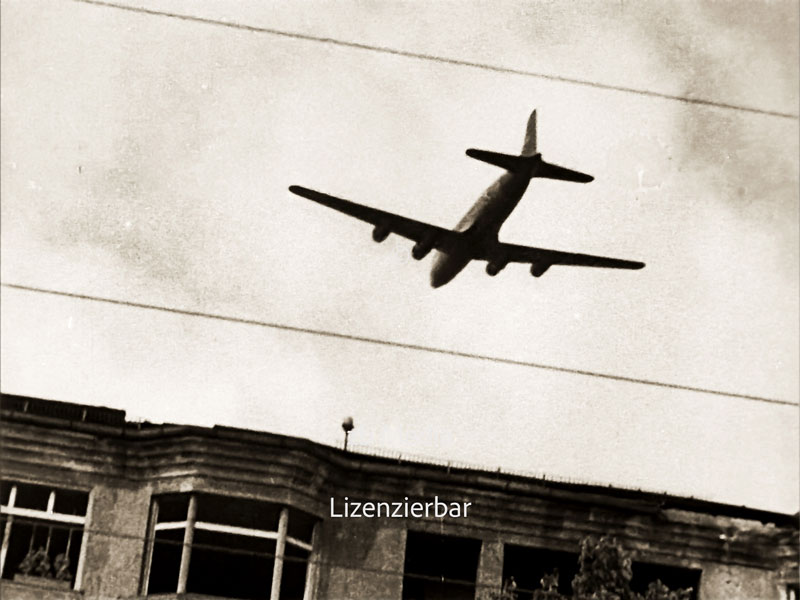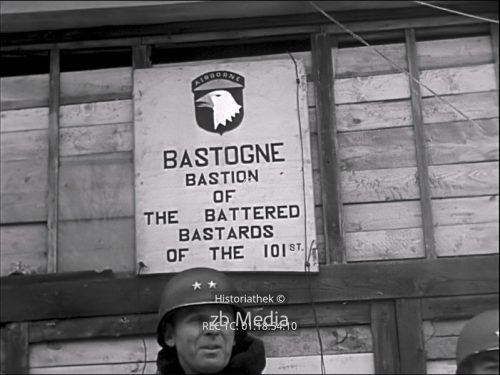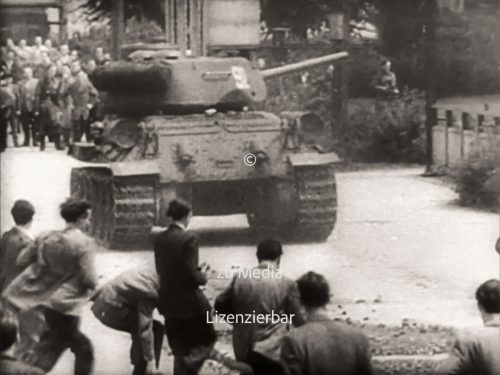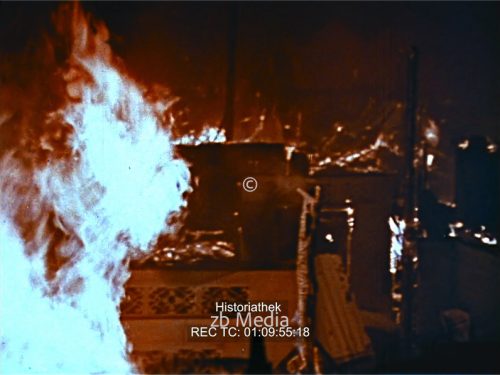Berlin Crisis 1948. This American film report shows footage of the Berlin crisis in 1948, the beginning of the blockade and the airlift. Film length 05:00. A licence fee of 10 x 30 seconds is charged to purchase a licence for the complete report.
Berlin crisis 1948
Description
Berlin crisis 1948
Historical Background
The Berlin Crisis of 1948 was a significant Cold War confrontation between the Western Allies and the Soviet Union over the control of the German capital, Berlin. It began when the Soviet Union, seeking to assert its influence over Eastern Europe, blockaded the Western-controlled sectors of Berlin, which were located deep within Soviet-controlled East Germany.
The city of Berlin, although located in the Soviet-occupied zone of Germany, was divided into four sectors administered by the Allied powers: the United States, Great Britain, France, and the Soviet Union. The Soviet blockade aimed to force the Western Allies to abandon their positions in Berlin and allow the Soviets to take control of the entire city.
In response to the blockade, the Western Allies organized the Berlin Airlift, a massive operation to supply the residents of West Berlin with food, fuel, and other necessities by air. Over the course of nearly a year, thousands of flights brought supplies into West Berlin, effectively bypassing the Soviet blockade.
The Berlin Airlift demonstrated the determination of the Western Allies to resist Soviet aggression and protect the freedom of West Berlin. Eventually, the Soviet Union lifted the blockade in May 1949, realizing that the Western Allies were determined to maintain their presence in Berlin. The crisis heightened tensions between the United States and its Western allies on one side and the Soviet Union on the other, contributing to the division of Germany and the escalation of the Cold War.
198022
Additional information
| License fee | € 330 to € 3960 |
|---|---|
| Brand | Historiathek |





